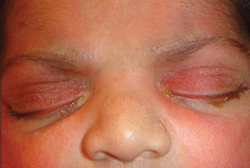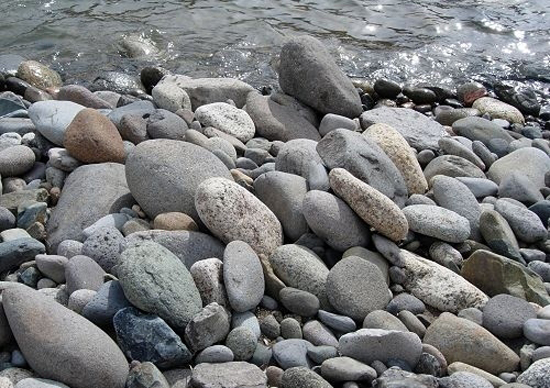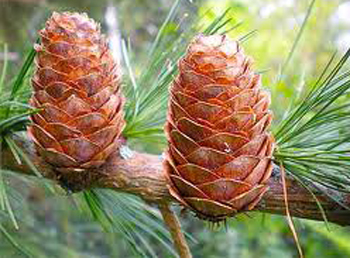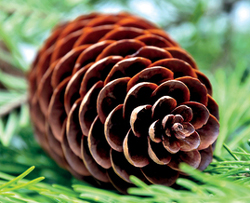imbric-, imbrica-
(Latin: roof tile, overlapping like tiles or a pattern that looks like this; to lay so as to overlap)
Most of the modified images that are presented in this unit were discovered in Google images.

Sometimes surgeons imbricate specific layers of tissue when closing a wound or some opening in a body part.
2. To lay or to arrange regularly so as to overlap: From the street, it was easy to observe the workers imbricating the roof with tiles which appears to be harder to accomplish than flat-surfaced roofs.3. To form patterns in plants and animals that are producing parts being above and below each other: Fish scales are imbricated in a regular way as is presented in the picture below.

imbricate bedding (s) (noun), imbricate beddings (pl)
A shingle-like structure in a deposit of flattened or disk-shaped pebbles or little rocks: Imbricate bedding is an elongated and commonly horizontal area of small cobble stones in sediments which are deposited so they overlap one on top of another one like roofing shingles.
Imbricate bedding comes from strong currents that move over a stream.
Relating to an overlapping of a surgical repair in which one edge is sutured over the other instead of edge to edge, or in which a flat structure is repaired with parallel suture, or corset-like lines, in order to tighten it.
2. Etymology: from Latin imbricatus, from imbricare, "to cover with tiles"2. A stacking pattern of sediment particles: One kind of imbrication is the result of strong, sustained water currents.
The imbrication of pebbles indicates a long existence of water-currents flowing in a direction.
Quite often, imbrication goes unnoticed, but it's always worth looking for when studying sandstones.
Imbrication is also called shingling, as the particles line up overlapping like shingles.



